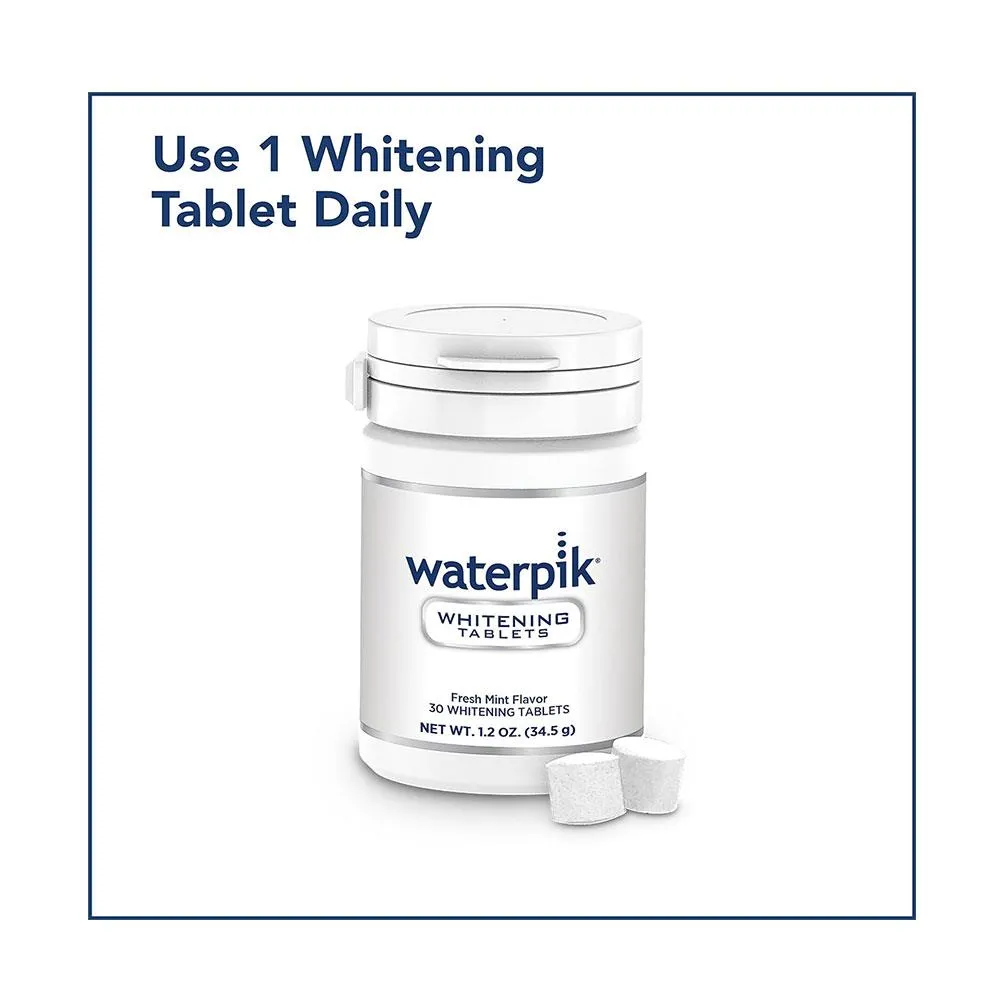In the pursuit of a brighter, more confident smile, teeth whitening has become a widely sought-after cosmetic procedure. Among the various methods available, Waterpik Whitening Tablets have emerged as a convenient and accessible option. But do these tablets truly deliver on their promise of a dazzling white smile? This article delves deep into the world of Waterpik Whitening Tablets, exploring their ingredients, effectiveness, user experiences, and potential drawbacks. By the end, you’ll have a comprehensive understanding of whether these tablets are the right choice for you.
What are Waterpik Whitening Tablets?
Waterpik Whitening Tablets are designed to be used in conjunction with a Waterpik water flosser. These tablets contain whitening agents that dissolve in the water reservoir of the Waterpik, delivering a whitening solution directly to your teeth and gums. This method aims to provide a convenient and potentially more effective way to whiten teeth compared to traditional brushing alone. The tablets are typically flavored and are intended to be used as part of your daily oral hygiene routine.
Understanding the Ingredients
The effectiveness of any whitening product largely depends on its ingredients. Waterpik Whitening Tablets often contain key ingredients like sodium bicarbonate (baking soda), which acts as a gentle abrasive to remove surface stains, and sodium percarbonate, a milder form of hydrogen peroxide that releases oxygen to help break down deeper stains. Other ingredients may include flavoring agents, stabilizers, and binding agents to form the tablet. The specific formulation can vary, so it’s essential to review the product label for a complete list of ingredients and any potential allergens.
How Do Waterpik Whitening Tablets Work?
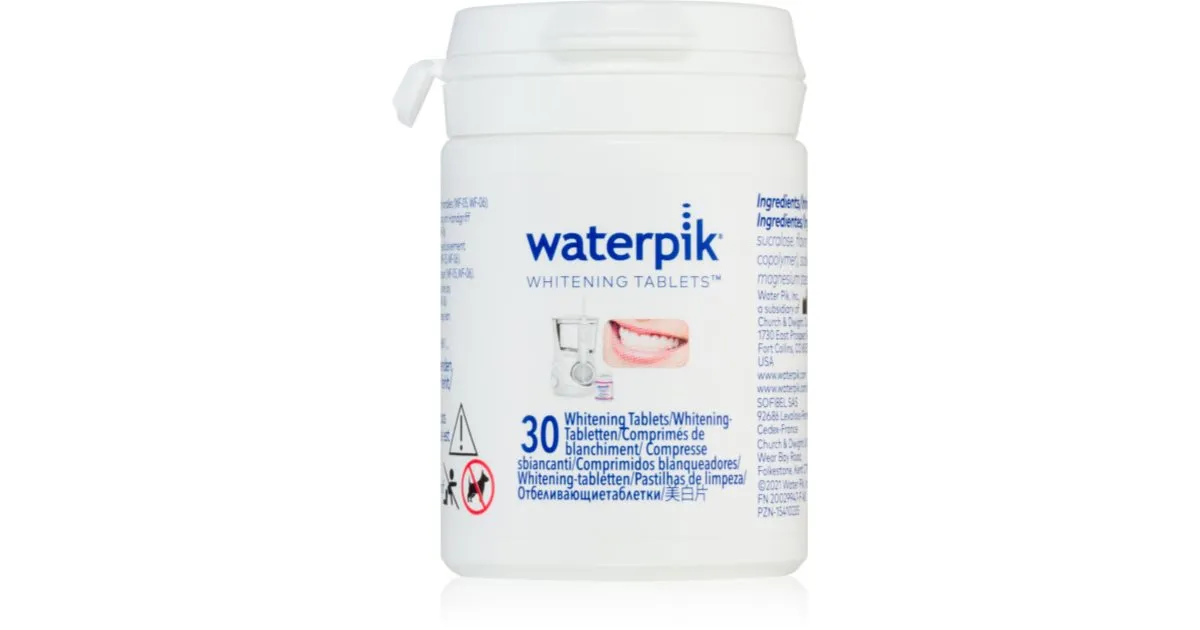
Waterpik Whitening Tablets utilize a combination of mechanical action and chemical reaction to whiten teeth. The Waterpik water flosser delivers the whitening solution to the teeth and gums. The gentle pressure of the water helps remove surface stains and debris. Simultaneously, the whitening agents in the solution work to penetrate the enamel and break down deeper stains caused by coffee, tea, tobacco, and other staining agents. The consistent use of the Waterpik, along with the whitening tablets, aims to gradually lighten the teeth and improve their overall appearance.
The Whitening Process Explained
The whitening process involves several steps. First, the user inserts the tablet into the water reservoir of the Waterpik water flosser. The tablet dissolves, creating a whitening solution. Next, the user directs the water flosser tip towards each tooth, ensuring the whitening solution comes into contact with the tooth surfaces. The water flosser then removes surface stains and delivers the whitening agents directly to the teeth. This process is repeated daily, often after brushing and flossing, to help achieve the desired results. The duration of the treatment varies depending on the individual and the severity of the staining.
Effectiveness: Do Waterpik Whitening Tablets Deliver?
The effectiveness of Waterpik Whitening Tablets can vary depending on several factors, including the type and severity of stains, the frequency of use, and individual tooth enamel characteristics. Many users report noticeable improvements in tooth brightness, especially for surface stains. However, for deep-seated stains or significant discoloration, these tablets may not provide the same dramatic results as professional whitening treatments. Consistency is key, and regular use over time is generally required to achieve the best results. It’s important to have realistic expectations and understand that results can vary from person to person.
Real User Experiences and Reviews
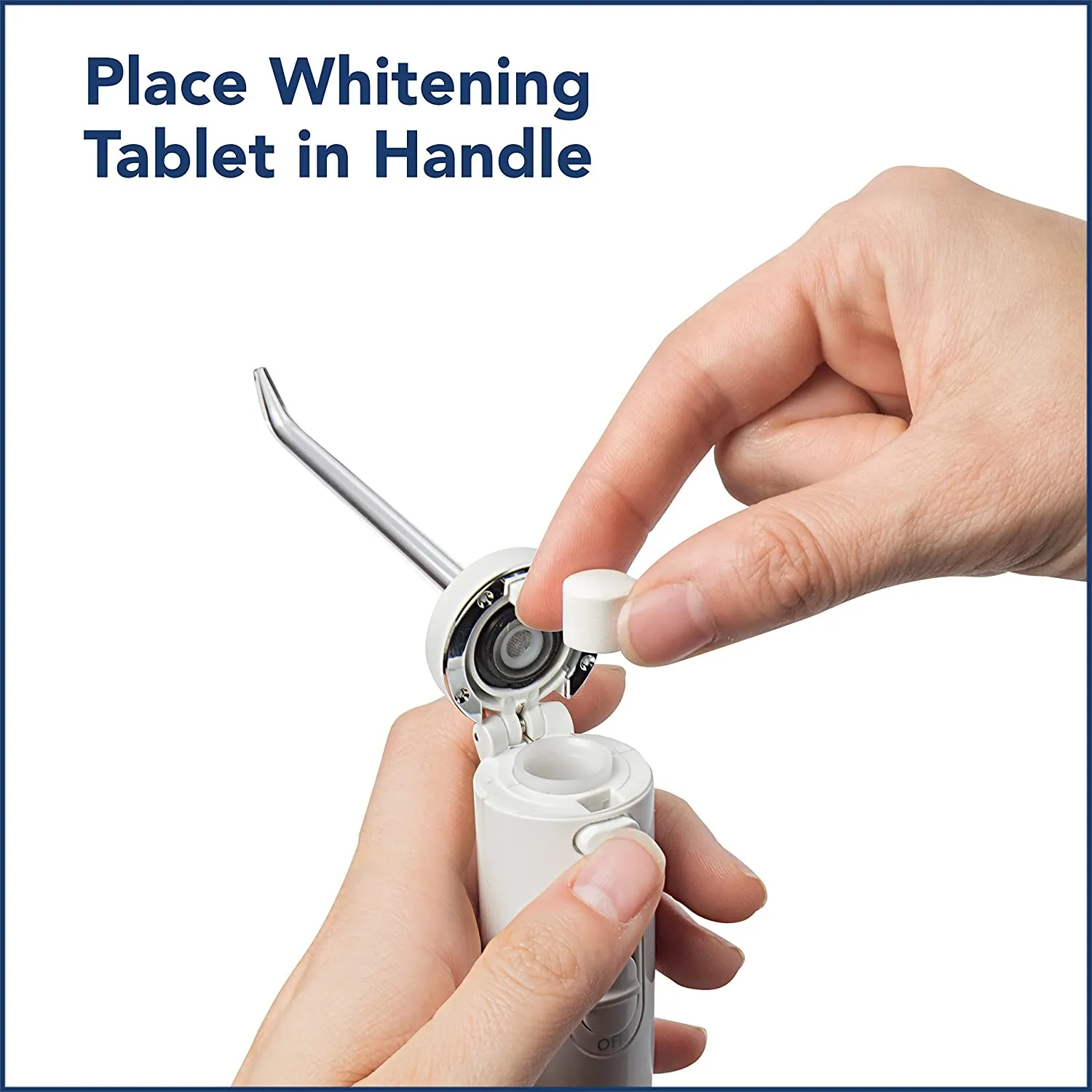
User reviews provide valuable insights into the practical performance of Waterpik Whitening Tablets. Many users appreciate the convenience and ease of use, as the tablets integrate seamlessly with their existing oral hygiene routine. Positive reviews often highlight improvements in tooth brightness and a reduction in surface stains. Some users also mention the pleasant taste and fresh feeling after use. Conversely, some users report less significant whitening results, particularly for stubborn stains or deeper discoloration. It’s always useful to consider a range of reviews to form a balanced perspective on the product’s effectiveness.
Pros and Cons of Using Waterpik Whitening Tablets
Like any teeth whitening method, Waterpik Whitening Tablets have their advantages and disadvantages. Weighing these pros and cons can help you determine if the tablets are the right choice for your needs. The pros include convenience, ease of use, and the potential to enhance the overall oral hygiene routine. The cons include the potential for less dramatic whitening compared to professional treatments, the possibility of mild sensitivity in some individuals, and the need for consistent use over time to achieve noticeable results.
Benefits of Waterpik Whitening Tablets
- Convenient and easy to incorporate into your existing oral hygiene routine
- May help remove surface stains and improve tooth brightness
- Pleasant taste and fresh feeling after use
- Can be used in conjunction with a Waterpik water flosser, promoting better oral hygiene
Potential Drawbacks and Considerations
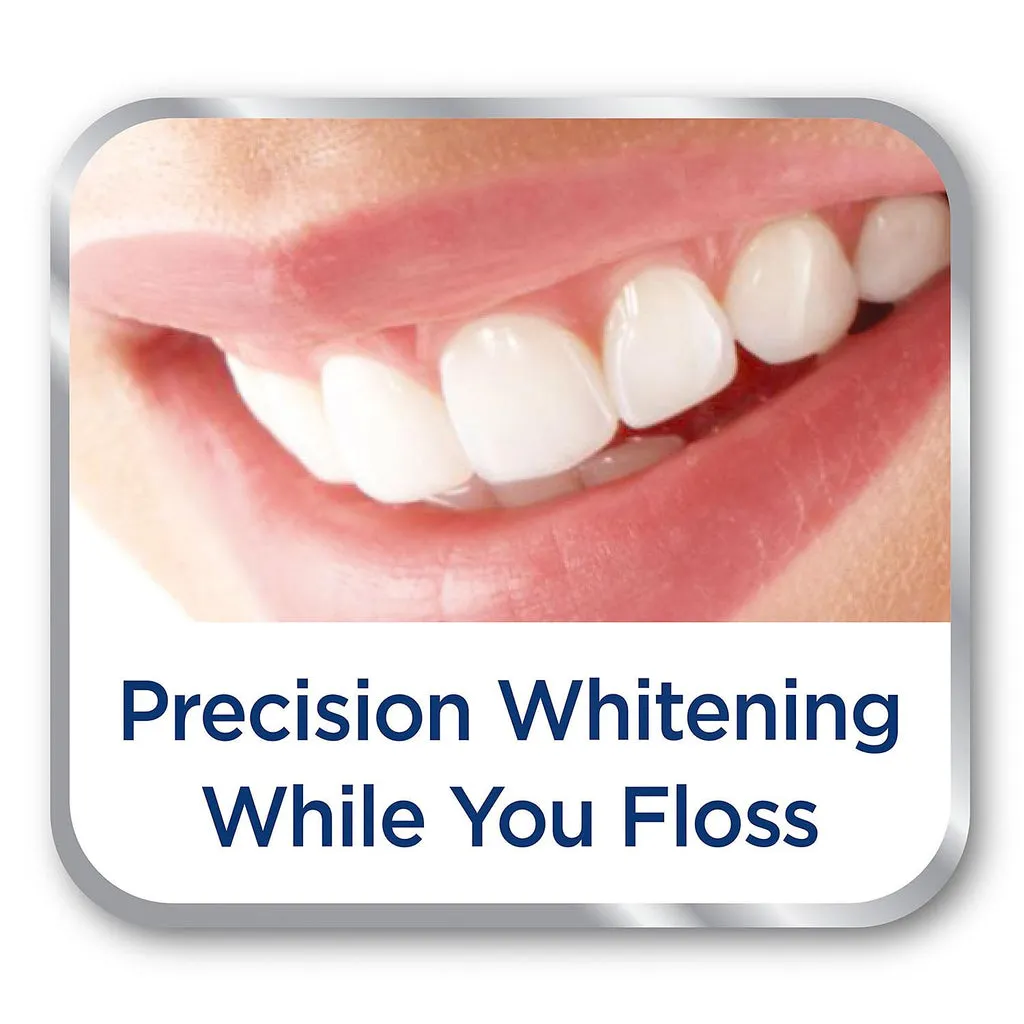
- Results may not be as dramatic as professional whitening treatments
- Effectiveness can vary depending on the type and severity of stains
- May cause mild tooth sensitivity in some individuals
- Requires consistent use for noticeable results
How to Use Waterpik Whitening Tablets Effectively
To get the most out of Waterpik Whitening Tablets, follow these guidelines. First, fill the Waterpik water flosser reservoir with lukewarm water. Then, drop one whitening tablet into the reservoir. Allow the tablet to dissolve completely, which usually takes a few seconds. Next, position the water flosser tip in your mouth and direct the water stream along your gumline and between your teeth. Make sure the whitening solution comes into contact with all tooth surfaces. Use the Waterpik for the recommended time, typically one to two minutes. Rinse your mouth with water after use. For optimal results, use the tablets daily, preferably after brushing and flossing.
Step-by-Step Guide to Application
- Fill the Waterpik reservoir with lukewarm water.
- Drop one whitening tablet into the reservoir.
- Allow the tablet to dissolve completely.
- Position the water flosser tip in your mouth.
- Direct the water stream along your gumline and between your teeth.
- Ensure the whitening solution contacts all tooth surfaces.
- Use the Waterpik for 1-2 minutes.
- Rinse your mouth with water after use.
Tips for Optimal Results
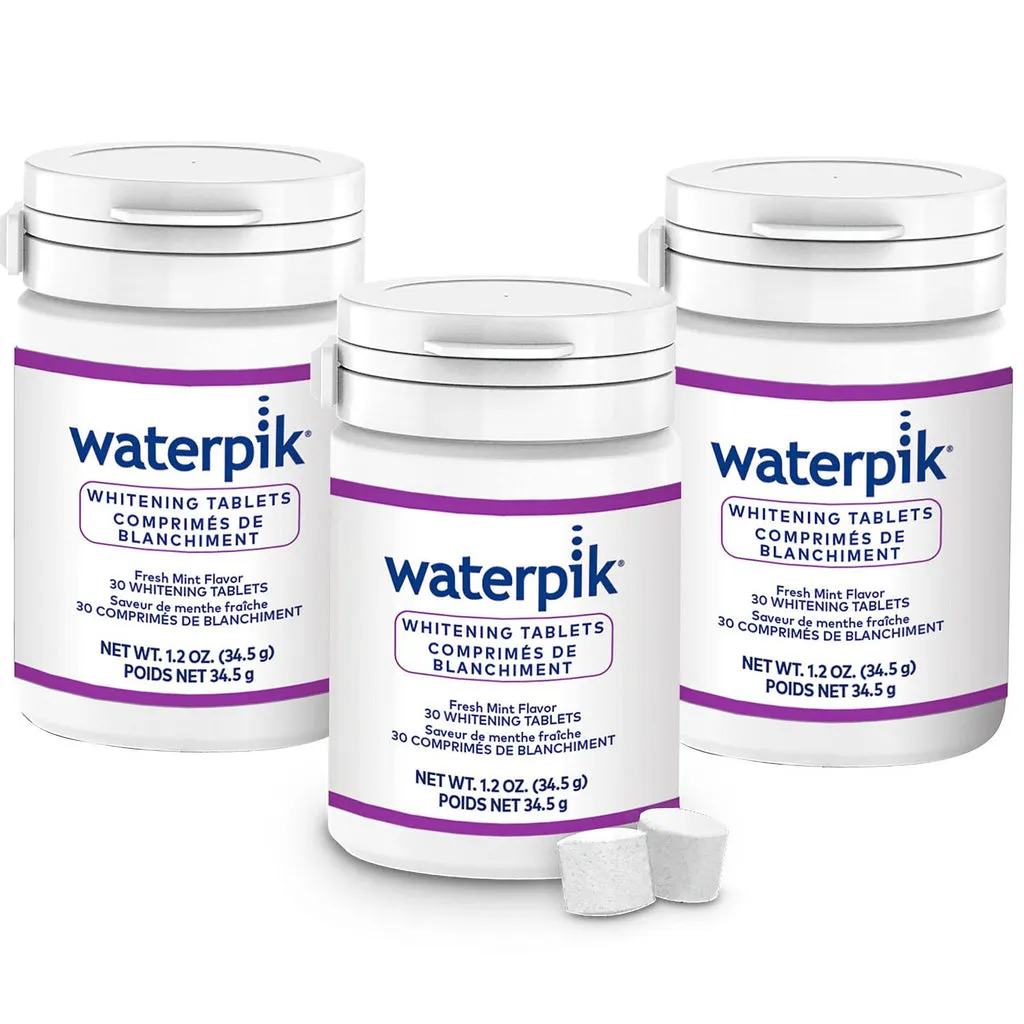
- Use the tablets consistently, preferably daily.
- Combine the tablets with good oral hygiene practices, including regular brushing and flossing.
- Avoid consuming staining foods and drinks, such as coffee, tea, and red wine, especially after using the tablets.
- Follow the manufacturer’s instructions carefully.
- Consider consulting with your dentist for personalized advice.
Waterpik Whitening Tablets vs. Other Whitening Methods
Compared to other teeth whitening methods, Waterpik Whitening Tablets offer a unique approach. Over-the-counter whitening strips are another popular option, providing a more direct application of whitening agents. However, the Waterpik method combines whitening with the benefits of water flossing, potentially enhancing oral hygiene. Professional whitening treatments performed by a dentist, such as in-office bleaching or custom-fitted trays, typically deliver the most dramatic results, but they also come with a higher cost. Ultimately, the best choice depends on your individual needs, budget, and desired results.
Comparing Alternatives
- Whitening Strips: Convenient, direct application; may cause sensitivity.
- Professional Whitening: Most effective, but expensive and time-consuming.
- Whitening Toothpastes: Gentle stain removal; less effective for deep stains.
- Waterpik Whitening Tablets: Combines whitening with water flossing; effective for surface stains.
Cost and Convenience
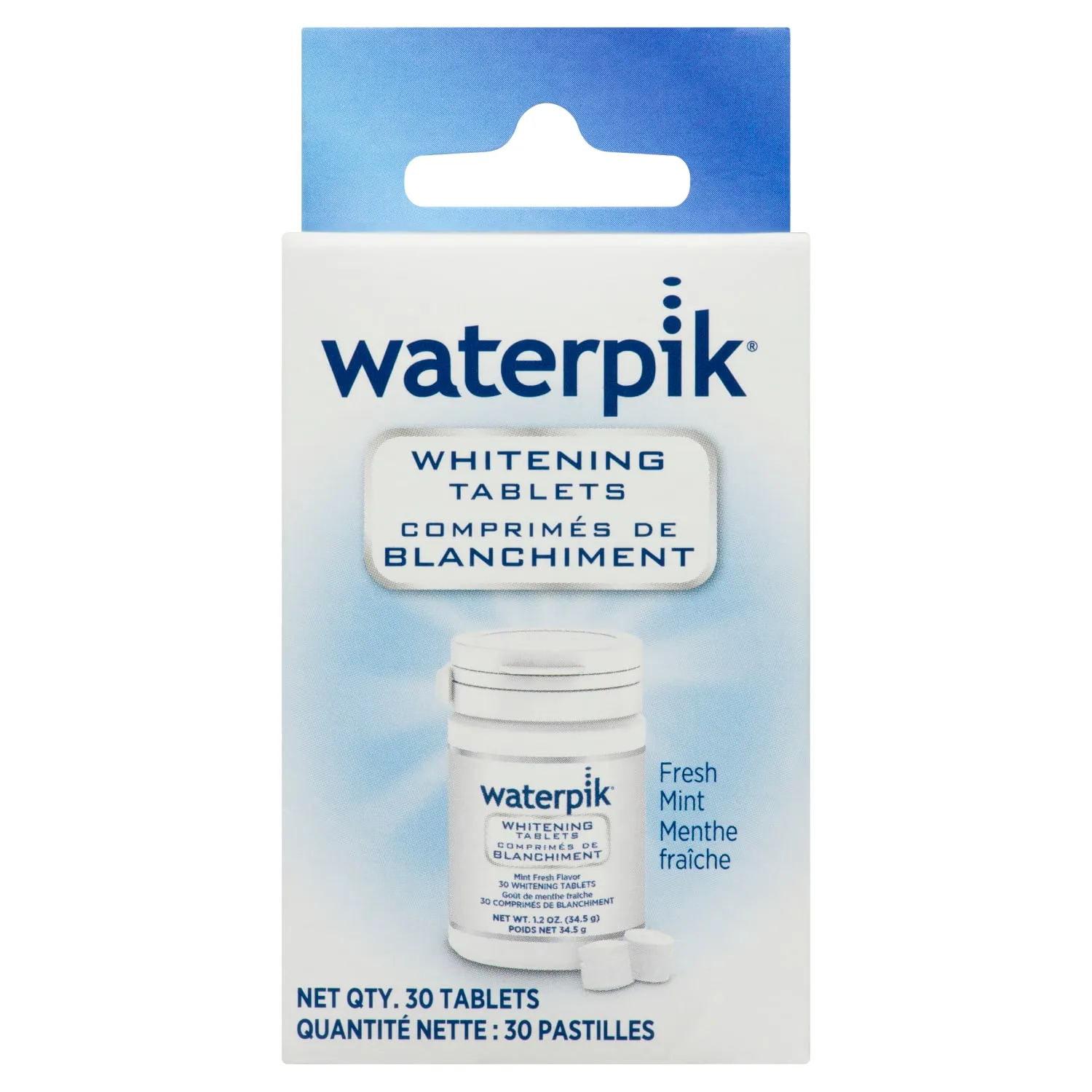
Waterpik Whitening Tablets are generally a cost-effective option compared to professional whitening treatments. The tablets themselves are relatively inexpensive, and they can be conveniently incorporated into your existing oral hygiene routine. This makes them a user-friendly choice for those seeking a convenient and affordable teeth whitening solution. While the initial investment includes the cost of the Waterpik water flosser, the long-term benefits of improved oral hygiene and potentially whiter teeth often justify the expense.
Safety and Side Effects
Waterpik Whitening Tablets are generally considered safe for use when used as directed. However, as with any whitening product, there is a potential for side effects. The most common side effect is mild tooth sensitivity, which typically subsides after a few days of use. Some individuals may experience minor gum irritation. It’s crucial to follow the manufacturer’s instructions carefully and avoid overuse. If you experience any significant discomfort or adverse reactions, discontinue use and consult your dentist. Pregnant or breastfeeding women should also consult with their healthcare provider before using any teeth whitening product.
Are Waterpik Whitening Tablets Safe?
Yes, Waterpik Whitening Tablets are generally considered safe for use when used as directed. The ingredients are typically mild and designed for oral use. However, like any product containing whitening agents, they are not suitable for everyone. Individuals with sensitive teeth or gums may experience some discomfort. It’s always advisable to consult with your dentist before starting any new teeth whitening regimen to ensure it’s appropriate for your specific oral health needs.
Potential Side Effects and Risks
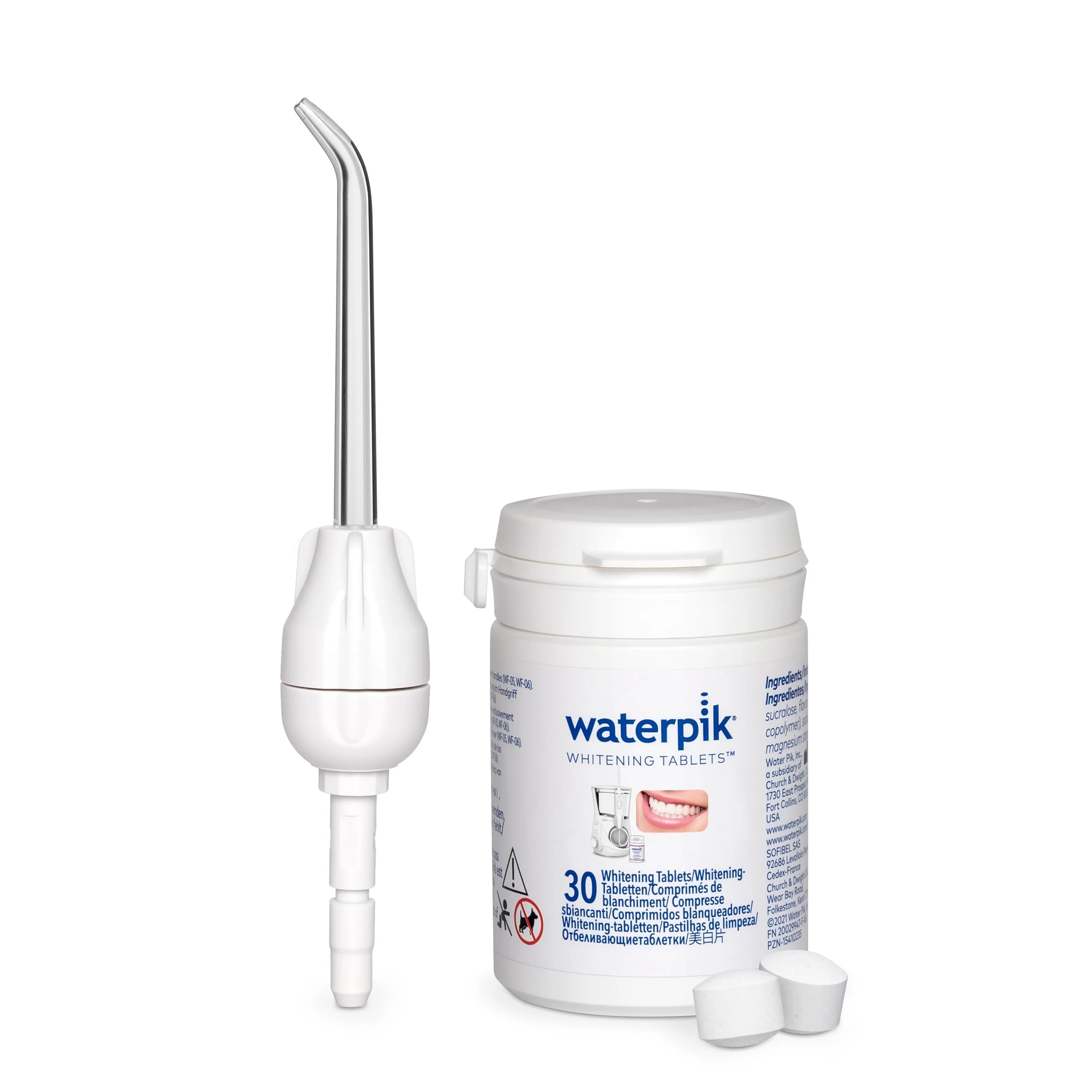
- Mild tooth sensitivity
- Gum irritation
- Allergic reactions to ingredients
- Not suitable for those with pre-existing dental conditions (e.g., cavities, gum disease)
- Potential for uneven whitening in some cases
Conclusion
Waterpik Whitening Tablets offer a convenient and accessible option for those seeking to brighten their smiles. While they may not deliver the dramatic results of professional whitening treatments, they can effectively reduce surface stains and improve tooth brightness when used consistently. By understanding the ingredients, how they work, and the potential benefits and drawbacks, you can make an informed decision about whether Waterpik Whitening Tablets are the right choice for your needs. Remember to always consult with your dentist to determine the best teeth whitening approach for your individual oral health.
